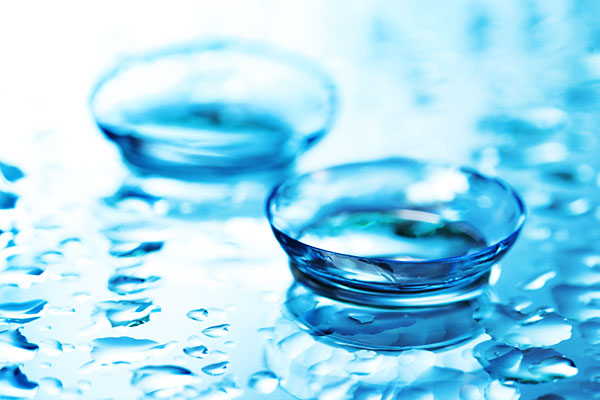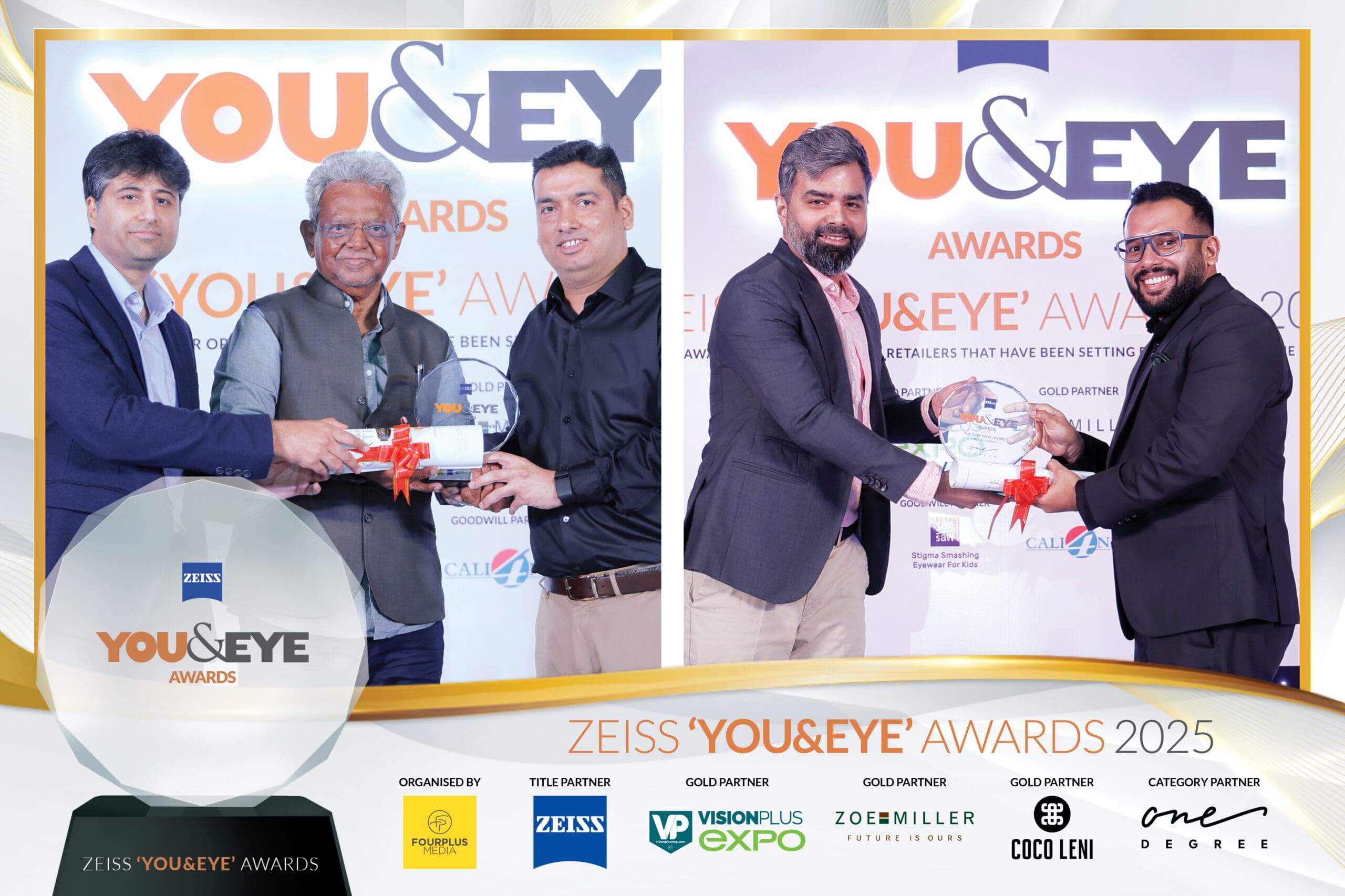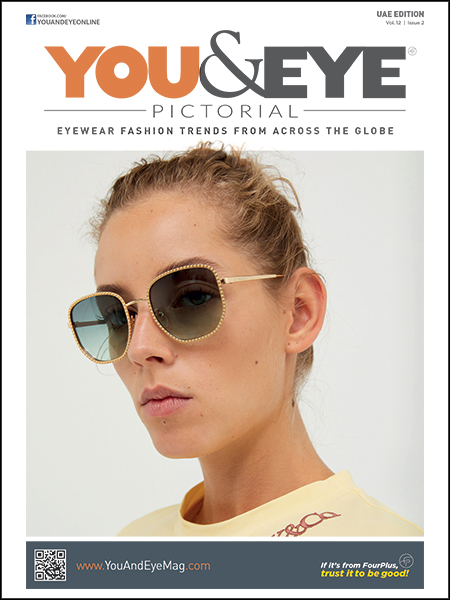Contact lenses have provided patients across the world a cosmetic choice for vision correction over spectacle frames. Today they have evolved into technological breakthroughs providing innovations in material as well as various options in modalities.
 Comfort while wearing contact lenses is one of the main criteria that matters to patients. Initially there’s the fear factor of inserting a foreign object in the eye but once you overcome that fear it’s mainly comfort that dictates whether you use it or not. So what’s it that makes a contact lens comfortable. Technically it’s the material and its key properties that make a contact lens comfortable. Here’s a quick run-through over the primary properties.
Comfort while wearing contact lenses is one of the main criteria that matters to patients. Initially there’s the fear factor of inserting a foreign object in the eye but once you overcome that fear it’s mainly comfort that dictates whether you use it or not. So what’s it that makes a contact lens comfortable. Technically it’s the material and its key properties that make a contact lens comfortable. Here’s a quick run-through over the primary properties.
Modulus : This refers to the flexibility of the material. If the material is not flexible enough you will not be comfortable.
Lubricity : The contact lens surface has to be smooth enough. Each time that the eyelid glides over the contact lens there should be no friction. This feature depends on the lubricity of the material.
Oxygen Flux/Permeability : While the contact lens is worn the material should ensure 100% oxygen delivery to the surface of the eye. While you are not wearing lenses 75% of the oxygen available to the eye is through the atmosphere. So when one wears a contact lens the material should be such that this oxygen deliverability is maintained.
Wettability : The contact lens has to be wet enough so that the tear film can spread evenly over it. This ensures end of day comfort.
Compliance
What’s the meaning of the word ‘compliance’ in the usage of contact lenses? It basically means a set of rules that a wearer should ‘comply’ with to ensure that the experience of wearing contact lenses is healthy and enjoyable. The main reason for contact lens drop-outs is generally attributed to patient non-compliance ie not adhering to the requirements of contact lens usage.
Broadly compliance covers contact lens cleaning, lens case care and regular follow ups. Contact lens cleaning involves a lot of rinsing and rubbing. At the same time if it’s a re-usable lens there’s as much importance to be given to lens case care. And also the right ways to use the solutions for contact lenses is a very important aspect of compliance.
As a wearer you should ensure proper follow up with the eye care practitioner and stick to the care and regimen that has been prescribed. Whenever in doubt, it is advisable to get back to the practitioner to clarify your doubts.
There are some basic rules that need to be emphasized which include the following.
Hand Hygiene : Maintaining hand hygiene before inserting and after removing the lens.
Lens Case Hygiene : If not once in a month, then at least quarterly the lens cases must be replaced.
Solutions Usage : A 360 ml bottle of solutions should be used within 3 months of its first use. If it lasts that long then it generally means you are not using enough to clean, rinse and replace the solution in the lens case. The lens case has to have a fresh supply of solution every day. Topping up the existing solution is not a good idea, as it loses its efficacy which results in the development of bio film.
Even in solutions it’s better to use bottles of smaller volumes as this would encourage you to go and visit the optometrist more often, which is again a very good idea for healthy contact lens wear.
With these basic guidelines in place, contact lens wear can be a very healthy option for those who need it. And as a rule, shorter modalities are a better option as fresher lenses are always better.
Frequency Of Eye Examinations
Every person who wears contact lenses should ideally get his or her eyes checked and examined by a professional every six to eight months. So most people who go in for quarterly refills for contact lenses should get their vision examined every 2 visits. Although the optometrist may not always insist on this, the patient, as they are the ones who are wearing it, should make it a point to ask for a re-evaluation.
Modalities – Dailies or Frequent Replacement Options?
Dailies are the healthier option and they offer the convenience of occasional wear. It’s less prone to infection and it offers the best of both worlds ie daily wear as well as occasional wear. It definitely has advantages over the reusable category.
For those patients who are more compliant in terms of hygiene in contact lens wear, the frequent replacement lenses are a great option. They are more economically priced than the dailies and have proven to be very convenient and effective.
There are those who travel frequently and require the benefits of extended wear where they may need to sleep with the contact lenses. This lifestyle needs a choice and it’s available. Even with extended wear, the usage could be overnight wear or daily wear depending on how the wearer chooses to use it. A product like Acuvue Oasys has been approved by FDA for use as extended wear while it can also be used as a reusable category.
With Acuvue Oasys extended wear, one can wear it continuously for 6 nights and on the 7th morning they will need to remove it and discard it. While, if used as a reusable lenses, one which is removed and stored in a lens case with solution every night, then one can use the same lenses for 2 weeks.
Most ECPs may not recommend overnight usage with extended wear lenses unless it’s a necessity. And in the Middle East, with the low level of patient compliance and the environmental conditions, it makes overnight usage an even more difficult choice.
So that’s all for this time on contact lenses. If you prioritise health and hygiene when it comes to contact lens wear, you can be confident, look good and see better, always!







